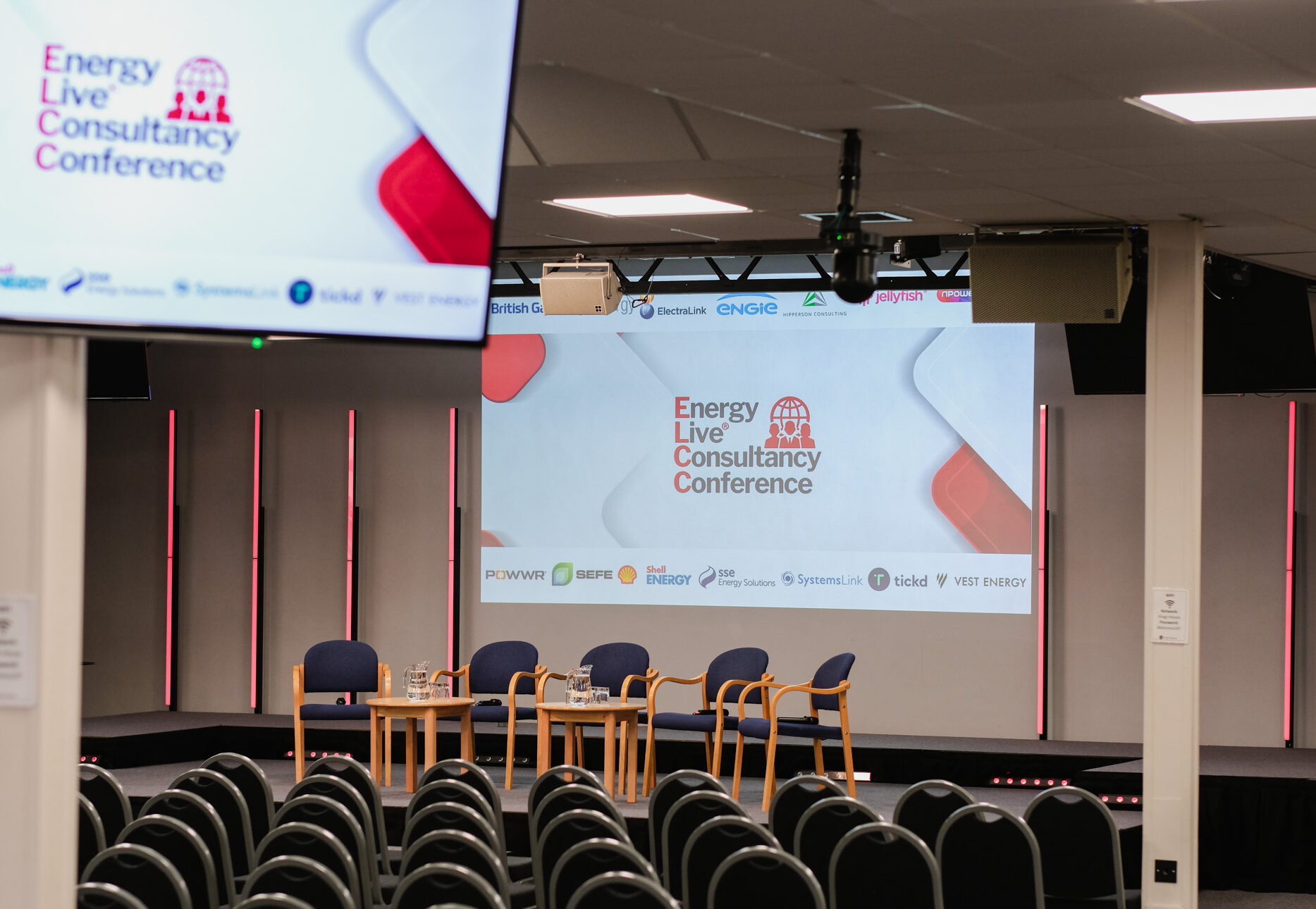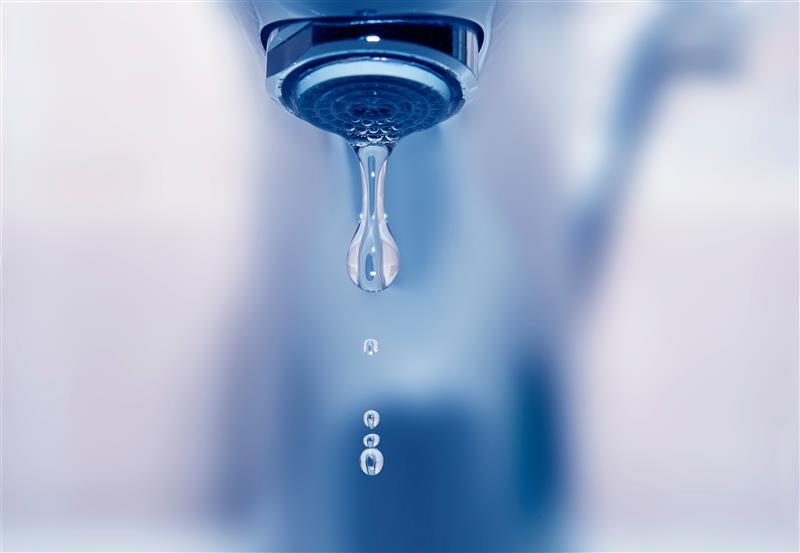Whilst reducing energy costs is always important, the current situation has made cost savings absolutely crucial; could energy efficiency be the answer to bringing down energy bills? A recent report by the Green Alliance found that businesses are paying around £60 million in unnecessary energy costs annually as a result of energy being wasted.
The report, which analysed the consumption of energy in office buildings across five UK cities found that wasted energy from offices in the City of London alone costs businesses around £35m and generates annual carbon emissions equivalent to that produced by 46,000 cars[1].
For those that are looking to reduce their opex costs, focusing on improving their on-site energy efficiency could provide some significant savings both in terms of cost and carbon. So although energy efficiency might not seem urgent while much of the workforce is working remotely, it is worth noting that many businesses will also have a significant baseload consumption – that is energy usage that exists regardless of the site being populated with staff. Now is actually an excellent time for energy managers to understand their operational and non-operational usage and plan the changes they can make to reduce their consumption when we return to business as usual.
What are the most common areas for inefficiency?
Some of the areas in which businesses commonly waste energy include…
Leaving equipment on when not in use
Whether you’re operating a manufacturing site filled with energy-intensive machinery or an office full of computers, it’s important to ensure that any equipment you have is turned off when not in use, as most equipment uses energy even when it’s on standby.
As an example, if you are a business of 100 employees and each employee leaves their computer monitor on for 24 hours a day, this will add around £4,500 to your annual energy bill, which could be reduced to less than £1,000 simply by switching it off out of hours and enabling standby features[2]. If possible, you could also install remote activation or timer devices so you can ensure that equipment is turned off out of hours.
Inefficient lighting
The BEIS Building Energy Efficiency Survey (2016) found that in non-domestic buildings, 17% of energy consumption was for lighting, so you could bring your energy bill down significantly by improving the efficiency of your lighting. If you still have older fluorescent installations on site, replacing these lights with LEDs should be a key priority. LEDs are around 75% more energy efficient than incandescent lighting and they also last longer, which makes retrofitting a logical first step in your efficiency plan[3].
If you already have LEDs throughout your site, you could take the next step by installing ‘task lighting’ – lighting working areas to higher levels and using lower level, background lighting in the rest of the space. You should also consider labelling light switches around your site to remind employees to turn lights off in empty rooms and at the end of the day.
Overheating
Heating typically accounts for up to 40% of the energy used in non-domestic buildings, which makes heating another key area for energy efficiency. Heating costs rise by around 8-10% for every 1°C you increase your thermostat by, so it’s important to ensure you’re not overheating your site.
It’s very common for the same space to be both heated and cooled at the same time, so you should also ensure that your heating and air conditioning systems aren’t working against each other. You can also optimise the efficiency of your heating by improving your building’s insulation and putting draught control measures in place where necessary, and making sure that your heating system is serviced regularly.
Staff behaviour
There are lots of little ways that the behaviour of your employees can waste energy – some might forget to turn off their computer when they leave for the day, while others might adjust the thermostat throughout the day. This can often be addressed by simply raising staff awareness of energy-saving actions they can take and why it’s beneficial for the business and the environment when they do so.
You could also create an element of competition between different departments and/or sites within your organisation, rewarding the team that makes the biggest difference to their consumption each month. Asking employees for their ideas on how you could make energy efficient is also wise, as they may spot areas for improvement that you might miss.
How can businesses become more efficient?
While these are areas that are common to most businesses, the only way you’ll be able to develop a plan that really works for your organisation is by analysing your organisation’s energy consumption. This way, you can identify the key areas for improvement within your organisation and create a well-informed plan to boost your energy efficiency.
SystemsLink’s innovative software makes it easy for you to become more energy efficient as it provides you with an at-a-glance view of your consumption, in close to real time, making analysis straightforward and changes more immediate. In addition, SystemsLink provides an alarms feature called Smart Spaces. This feature monitors your consumption in close to real time, building up a picture of typical half hourly or daily usage. Setting alarms against this usage will alert you to deviations from your typical consumption pattern or unexpected consumption. The alarms can be customised ensuring that your notifications are useful to your business.
You can also use SystemsLink’s standard reporting suite or build your own reports using the custom reporting functionality, enabling you to measure the success of the efficiency measures in a way that suits your business. To find out more about how SystemsLink could benefit your business, call us on 01234 834650.
[1] https://www.edie.net/news/6/UK-commercial-properties-wasting–60m-in-avoidable-energy-bill-and-fuelling-climate-change/
[2] Edie Explains: The Green Office report
[3] https://www.greenenergy.org.uk/led-lighting/led-lighting-for-offices/




